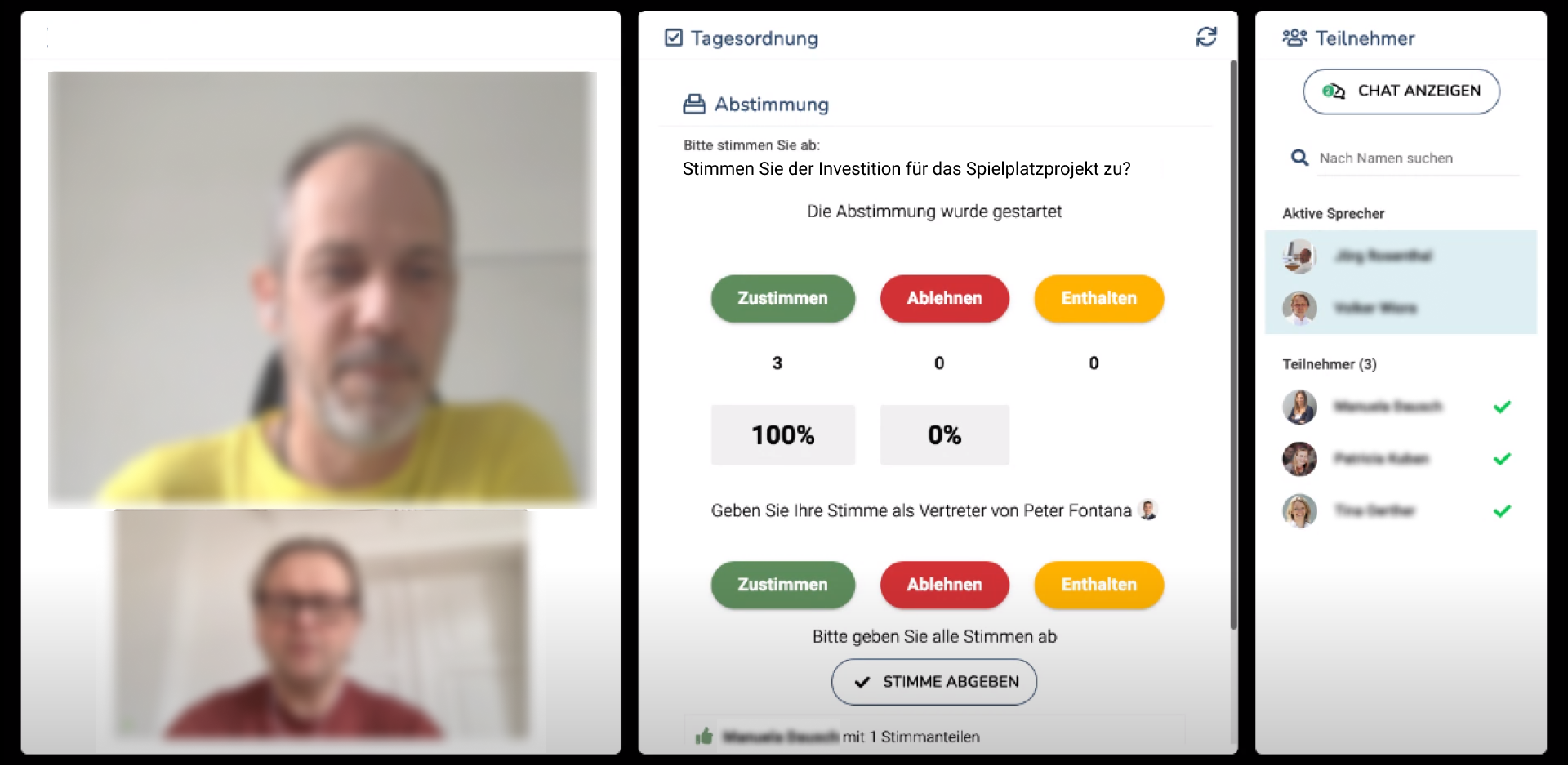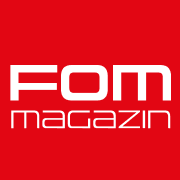Good goals need a good plan! With FOM tools you can better organize your CSR meetings
An editorial contribution from the FOM Magazine
CSR, ESG, SRI - these abbreviations have been coming up a lot lately. In short, it's about taking into account climate and social criteria in addition to economic ones in companies and investments.
The abbreviation "CSR" stands for "Corporate Social Responsibility", i.e. socially responsible business. On the one hand, this includes charitable initiatives such as social projects, sponsoring, donations, the activities of corporate foundations or the release of employees for social tasks. But it is also about linking the company's core economic objectives with social and environmental aspects.
In recent years, pressure on companies and public authorities to live up to their CSR commitments has increased - from customers, employees, investors and politicians. According to a study by Randstad Germany, 74 percent of the German industrial companies surveyed with ten or more employees say their company has self-imposed CSR behavioral guidelines in the area of working conditions.
Additional pressure arises from the shortage of skilled workers: Companies today have to position their employer brand as attractive as possible. In the modern labor market, it's not just about wages and vacation days, but also about socially and climate-compatible business practices.
What are CSR meetings?
Good intentions are initially just that: good intentions! As a decision-maker in your organization, you need to ask yourself how you - or your workforce - will implement the CSR goals. This requires standardized processes and regular meetings.
1. concrete goals
Do not organize CSR meetings for PR reasons. Each meeting should pursue a concrete CSR goal and work on a project plan. For example, you could structure such meetings according to the OKR framework (Objectives & Key Results) and discuss progress in each meeting based on concrete KPIs.
2. employee involvement
To involve employees in the best possible way, they should be able to submit project proposals and vote on them democratically. This way, your employees can get involved in the areas that are really important to them. In this way, they are also more emotionally invested in the projects.
3. use expertise
You don't have to reinvent the wheel. Use the strengths of your team.
For example, if you are a developer, you could leverage in-house expertise on a playground project. If you are in asset management, you could offer an ESG investment product.
4. record learnings
CSR projects are probably not the core business of your company and therefore new territory for your staff. Take minutes of your meetings to enable constant learning. What goes wrong, what goes well, what can be done better? The minutes of your CSR meetings can serve as a knowledge database for later projects.
What are FOMs?
The regular FOM Magazine reader is already in the picture but here again briefly for all newcomers:
FOM stands for Formal Online Meetings, which are digital or hybrid meetings, discussions and committees. Unlike conventional online meetings, they must follow the specifications of the respective organization's bylaws. Due to these regulations, the requirements for such meeting formats are significantly more complex.
There are various software solutions for organizing FOMs in a legally compliant, cost-efficient and largely automated manner. They map the entire process from organizing the FOMs to conducting and following up, provide tools for legally compliant digital voting & elections, participant and voting rights directories, automated minutes and much more.
What do FOMs have to do with CSR?
Since CSR meetings, similar to FOMs, follow a standardized process, should include voting and should be logged, FOM software can be used as an ideal tool.
You may now think that CSR meetings can also be organized with conventional meeting software and additional tools. We explain why FOM software is better suited: It covers the entire use case.
1. agenda management
Like a FOM, a CSR meeting should follow a set agenda that addresses the goals, project plan, and responsibilities. With FOM software, you can prepare the agenda and then display it during the meeting.
2. participant management
Certain projects require special expertise. With an attendee management tool, you can search your employee database and send targeted meeting invites.
3. votes
Let your employees vote on CSR projects themselves. With FOM software, you can conduct votes directly in the meeting.
4. logging
Good FOM software creates automated and standardized minutes. Each participant in the CSR meeting should receive such minutes so that everyone knows which tasks they are responsible for. You can also use the meeting minutes to document learnings for later projects.
A practical example
Back to the example above: You are a contractor and want to build a playground for the local community. To do this, you hold your CSR meetings using FOM software.
1. targeted invitations:
Who should attend the meeting? Engineers, project and PR managers and all helping hands who want to participate. You can send the team invitations via the participant directory of the FOM software, specifying who must attend the meeting and who may join voluntarily.
2nd CSR Agenda:
Before the meeting, you set an agenda: what are the goals of the meeting, which project partners are involved, what do the project budget and schedule look like? You can create all these items directly in the software and then show them during the meeting.
3. votes:
Have your employees vote on individual aspects. Where should the playground be built, what playground equipment should be purchased, should there be a sandbox? A FOM tool for voting should allow for both open and secret ballots, and in the participant directory you can specify who has how many votes. If the project manager or an engineer should have veto power, for example, you can specify that as well.

4. protocols:
At the end of the meeting, the FOM software automatically creates a protocol. Each participant can download it in a secure login area. You can also send it to the participants and even have them sign it. Based on these minutes, all participants can recall the meeting again. In the future, you can use these minutes as a knowledge pool for similar projects.
How do you use FOM software in your organization? And how do you organize your CSR meetings? Feel free to write to us at contact@fom-magazin.de.







